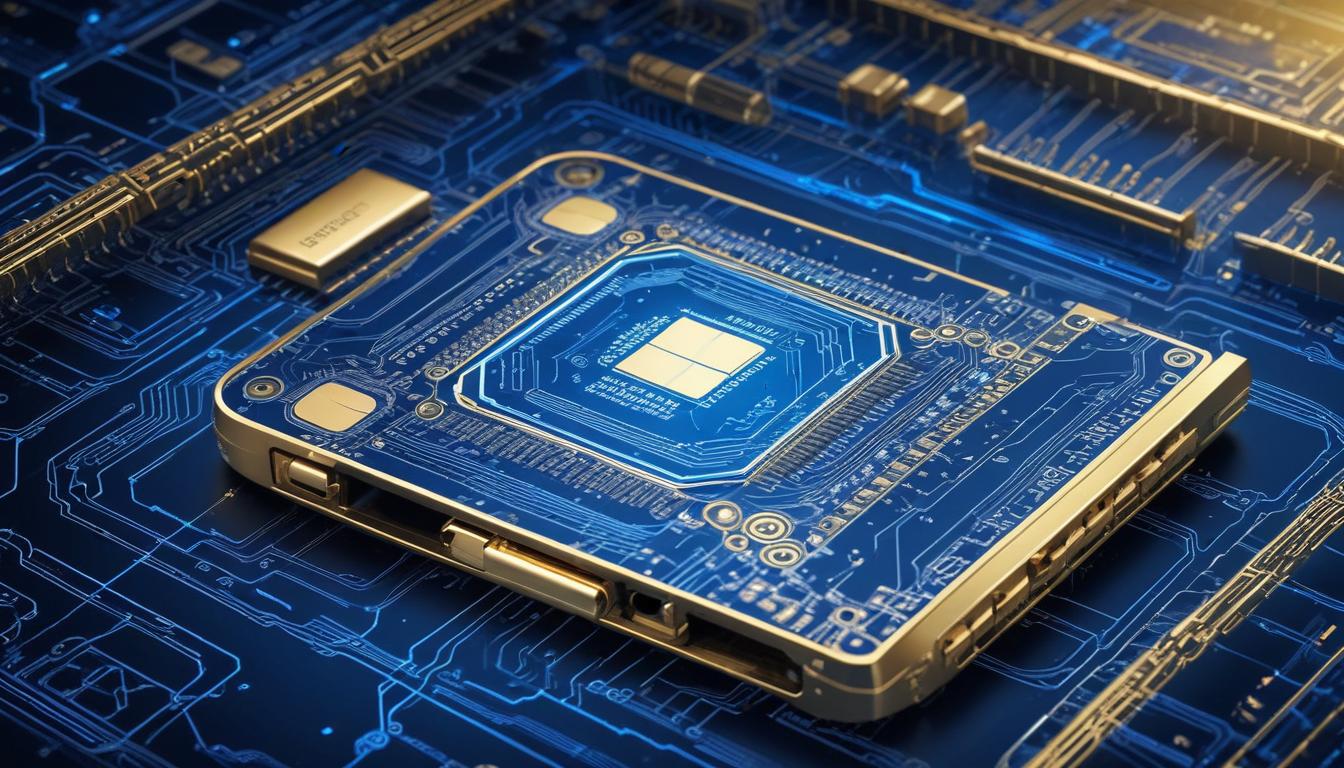The intersection of hardware security and cryptocurrency custody represents one of the most critical yet often overlooked aspects of digital asset security. As computing architectures become increasingly complex, the emergence of sophisticated side-channel attacks has created new vulnerabilities that cryptocurrency holders must understand and address. This analysis explores the broader implications of hardware security for digital asset protection and presents a comprehensive framework for risk mitigation.
The fundamental challenge in cryptocurrency security stems from the dual nature of modern computing systems – they must be both high-performance and secure, yet these goals often conflict. Side-channel attacks exploit the physical implementation of computing systems rather than attacking cryptographic algorithms directly. These attacks analyze patterns in power consumption, electromagnetic emissions, or timing variations to extract sensitive information, including private keys used in cryptocurrency transactions.
The evolution of processor architecture has introduced new attack vectors that weren’t present in earlier, simpler designs. Advanced features like speculative execution, branch prediction, and shared memory spaces – while essential for performance – create subtle information leakage channels that sophisticated attackers can exploit. This presents a particular challenge for cryptocurrency users, as private key operations must be performed on some physical hardware, even if only momentarily during transaction signing.
Modern cryptocurrency security best practices have evolved to address these hardware-level threats through a layered approach. The primary defense is the separation of key storage and transaction signing from general-purpose computing environments. Hardware security modules (HSMs) and purpose-built hardware wallets implement isolated environments where cryptographic operations can occur without exposing sensitive data to the broader system. These devices are designed with specific countermeasures against side-channel attacks, including constant-time operations and power analysis resistance.
The concept of air-gapping has taken on renewed importance in the context of hardware security threats. By maintaining physical separation between internet-connected devices and signing devices, users can significantly reduce their attack surface. This approach acknowledges that while general-purpose computing devices may have unknown vulnerabilities, they can still be used safely as part of a larger security strategy that keeps critical operations isolated.
The role of operational security (OpSec) has expanded to encompass hardware-specific considerations. Users must now think about physical access controls, electromagnetic emissions, and power analysis risks in addition to traditional digital security measures. This has led to the development of comprehensive security protocols that consider both logical and physical attack vectors.
Risk stratification has emerged as a practical approach to balancing security needs with usability. Users can implement different levels of hardware security based on the value of assets being protected and their specific threat model. Small amounts might be reasonably secured on a modern smartphone with hardware security elements, while larger holdings warrant dedicated hardware wallets and air-gapped signing devices.
The future of cryptocurrency hardware security points toward innovative solutions that may help address current vulnerabilities. Open-source hardware initiatives, quantum-resistant cryptography implementations, and novel approaches to secure enclaves are all being developed. These advances suggest that while hardware security threats will continue to evolve, so too will our ability to protect digital assets.
In conclusion, hardware security represents a critical component of comprehensive cryptocurrency protection. Understanding and mitigating side-channel attacks requires a nuanced approach that combines technical controls with operational procedures. As the value secured by cryptocurrency systems continues to grow, the importance of hardware security will only increase. Users must stay informed about emerging threats while implementing appropriate security measures based on their specific needs and risk tolerance.


